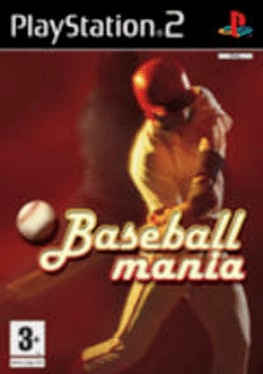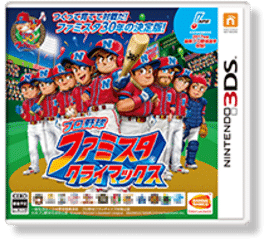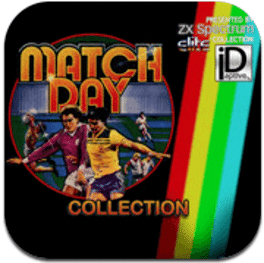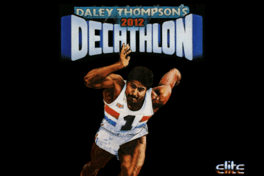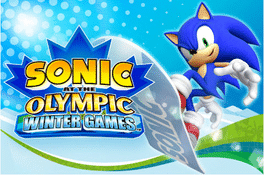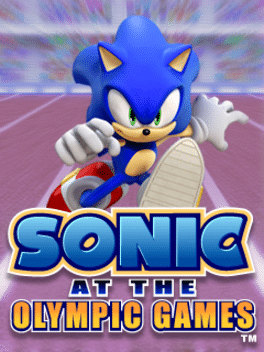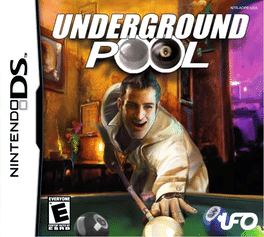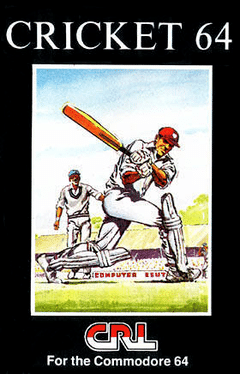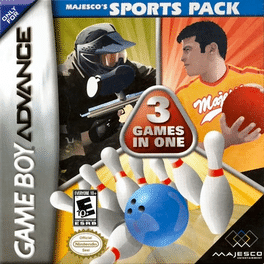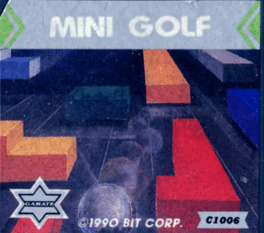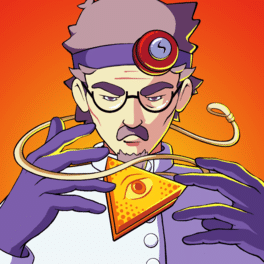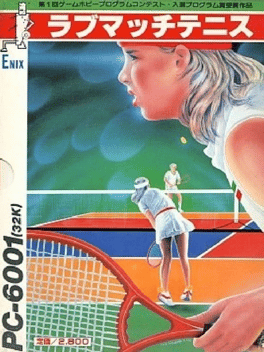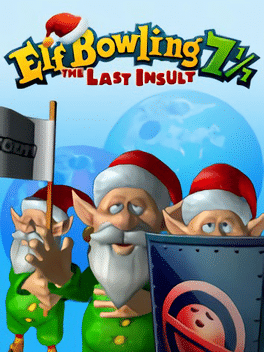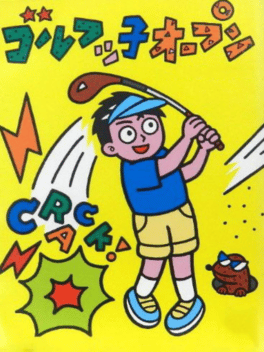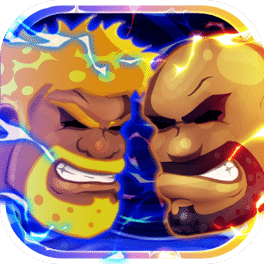Most Popular Mac Games - Page 214
-
Baseball Mania
2004
Baseball Mania
2004
A baseball game for PlayStation 2, released as part of the Simple 2000 series in Japan. -
Bowling Xciting
2004
Bowling Xciting
2004
A bowling game from Tamsoft and D3 Publisher with three game modes and up to four players. -
Pro Yakyuu Famista Climax
2017
Bandai Namco's comedic baseball series brings new modes and features along with the return of old favorites, including multiple league representation and several zany mini-games. -
Match Day Collection
The ZX Spectrum versions of the two Match Day games, collected for mobile. -
Daley Thompson's Decathlon 2012
A remake of the classic track-and-field game for modern mobile devices. -
Sonic at the Olympic Winter Games
2010
A mobile game made to promote Mario & Sonic at the Olympic Winter Games. This mobile port only features the playable characters from the Sonic the Hedgehog series. The game was released on iOS devices, and later removed because of the poor quality. -
Sonic at the Olympic Games
2008
Sonic at the Olympic Games is a mobile phone game released as part of the Sega Mobile service offered by Sega. -
Underground Pool
2007
-
Mini Golf
1990
-
Love Match Tennis
1983
Love Match Tennis
1983
Lover Match Tennis is a tennis game where you play as a first-year tennis girl who gets to challenge one of three seniors: Maiko a junior, Kumiko a second year, and finally Jun-Kun a third year is the toughest out of the other two. You must knock the ball in because if it's out then the opponent gets the points, or you can still earn points depending on how long you prevent the ball from going out. The game ends when your opponent gets all 4 wins. -
Hippo Sports
2017
Hippo Sports
2017
Train with the clumsy hippo and push him to excel in fun activities! Whether it’s karate, jump rope or trampoline acrobatics – there’s something for everyone! -
Ultimate Soccer Manager 2
1996
Ultimate Soccer Manager or USM is an association football management video game serie for MS-DOS, Commodore Amiga and Windows 95, produced by Impressions and distributed by Sierra from 1995 to 1999. The game was a massive hit in Europe (except in Germany, where it was worse received due to some similarities with managers produced by local software houses such as Software 2000 and Ascaron), although it gained little support in Japan. The series was noted for its micromanagement, where the player had to do the job of the team manager and much of that of the chairman, from player training up to bank balance management. Other well-known features were to bung an opposing team for preferential market treatment, rig or betting on the outcome of the players' team matches. Interviews after the match where some answers were printed with different interpretations on the next days' newspaper (the player could reply a question about the game with "It was a game of two halves", and "He amazed us after the game by giving us an -
Elf Bowling 7 1/7: The Last Insult
2007
Elf Bowling 7 1/7: The Last Insult is something of an update to Super Elf Bowling. Again, the elves are on strike so, they are bowling pins. In this newest version, however, you can pick up items that can be dirty tricks or bonuses. Dirty tricks are things like making you opponents ball half size, and less effective, or making the ball go out of control. Bonus items are things like speed boost or removing the gutters. The scoring is, otherwise, standard bowling scoring. Play goes to ten frames with the highest score winning. -
Golf-ko Open
1989
-
Battle Dodge Ball 3
2012
